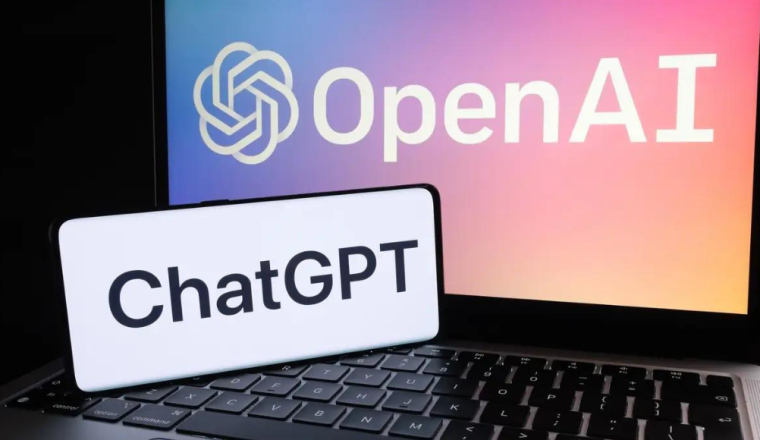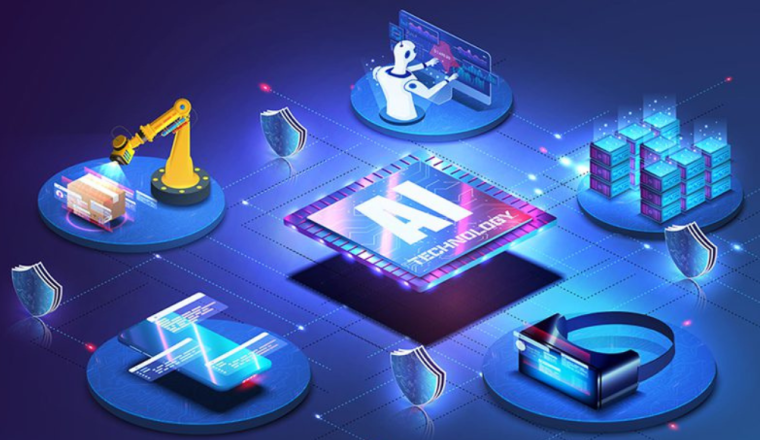OpenAI Launches ChatGPT Enterprise: Unleashing GPT-4’s Power for Businesses
OpenAI, led by Sam Altman, has introduced ChatGPT Enterprise, marking a significant milestone following the initial launch of their conversational AI, ChatGPT. This new enterprise-level tool heralds a major advancement, granting businesses unrestricted access to GPT-4, boasting performance twice as fast as its predecessors, according to a report by CNBC.
In the preceding year, OpenAI gained widespread recognition with the introduction of ChatGPT. This AI marvel allowed numerous users to experience the capabilities of generative artificial intelligence firsthand. Within a few months, ChatGPT garnered over 100 million active monthly users, outpacing popular platforms like Instagram and Spotify in this remarkable achievement.
Subsequently, OpenAI captured attention through its deepening collaboration with Microsoft, which generously provided substantial financial support in exchange for access to OpenAI’s advanced AI model to enhance its own suite of tools. Notably, the unveiling of ChatGPT Enterprise marks OpenAI’s first product launch since the ChatGPT Plus subscription service, which offered enhanced access to the tool’s features.
Empowering Enterprises
Delving into the specifics of ChatGPT Enterprise, as detailed in CNBC’s report, OpenAI diligently crafted this enterprise version over the span of less than a year. Collaborating with over 20 companies spanning diverse industries and sizes, OpenAI officially launched this version, bestowing enterprises with access to GPT-4 and Application Programming Interface (API) credits. OpenAI asserts that an impressive 80 percent of Fortune 500 companies currently utilize ChatGPT. The Enterprise iteration empowers these enterprises to leverage their own data for training custom models, aiming to alleviate concerns about sensitive information inadvertently being shared with OpenAI through ChatGPT usage.
Addressing these concerns, OpenAI refutes allegations of training its models on user data. To enhance data security, the Enterprise version incorporates an additional layer of encryption for client data. However, the pricing structure for this enhanced offering remains undisclosed at this time.
Racing Ahead
In terms of competitors, ChatGPT Enterprise has already garnered clients such as Block, led by Jack Dorsey, and investment group Carlyle. While an official launch date remains unspecified, OpenAI also has plans to introduce a Business version tailored to smaller companies and teams. Notably, this strategic move positions OpenAI in direct competition with its primary financier, Microsoft. The Azure OpenAI service from Microsoft has enabled businesses to access ChatGPT, but OpenAI’s independent offering could potentially save businesses costs by negating the need for a Microsoft Azure subscription.
OpenAI’s extensive operations, particularly its management of ChatGPT, involve substantial financial expenditure due to the sheer volume of requests processed each month. This prompts OpenAI to seek innovative revenue streams to sustain these services and continue refining their product line. Amidst intensifying competition in the generative AI sector, as exemplified by Anthropic’s upgraded AI model Claude and rumors of Amazon’s prospective AI offering, OpenAI is positioning itself for the enduring competition that lies ahead.
The pivotal question remains whether businesses are inclined to embrace GPT-powered decision-making in the immediate future.












